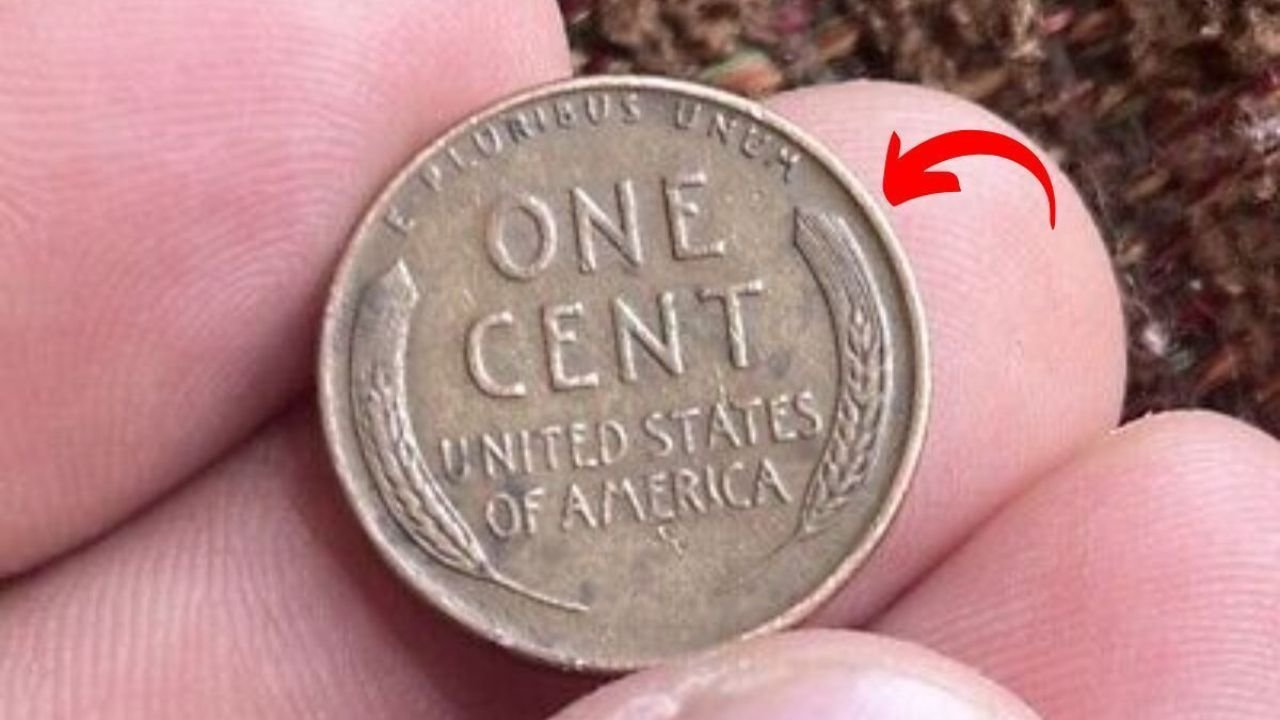Ever ignored a penny in your pocket or tossed it into a jar? You might want to check again! Some Lincoln Wheat Pennies are worth up to $950K. Yes, a single penny could make you rich! Even better, these rare coins might still be hiding in your everyday change. Let’s explore why these pennies are so special and how to spot one.
What Is the Lincoln Wheat Penny?
The Lincoln Wheat Penny first appeared in 1909. It was a big deal because it was the first U.S. coin to feature a real person—President Abraham Lincoln. This was to celebrate his 100th birthday. Designed by Victor David Brenner, the coin has Lincoln’s face on the front and two wheat stalks on the back, symbolizing America’s farming heritage. It’s more than just money; it’s a piece of history.
Why Are Some Pennies So Valuable?
Most Lincoln Wheat Pennies are worth just a few cents. But some are super rare and can sell for hundreds of thousands of dollars. Here’s why:
Rarity
Some pennies were made in tiny numbers or have unique errors, making them hard to find.
Historical Importance
Certain pennies mark special moments in history, like wartime changes in coin production.
Condition
Coins in great shape—shiny with clear details—are worth much more than worn-out ones.
Famous Pennies to Look For
Some Lincoln Wheat Pennies are like hidden treasures. Here are two of the most famous ones:
The 1943 Copper Penny
During World War II, pennies were made from steel to save copper for the war. But a few copper pennies were accidentally made in 1943. These mistakes are super rare and can be worth over $1.5 million!
The 1909-S VDB Penny
This was one of the first Wheat Pennies, made in San Francisco in small numbers. It has the designer’s initials (V.D.B.) on the back, which makes it a collector’s favorite.
How to Spot a Valuable Penny
Think you have a valuable penny? Here’s what to check:
Check the Date
Look for key years like 1909, 1914, 1922, or 1943. These are often the rarest.
Look for Mint Marks
Under the date, check for a small letter:
- S means San Francisco (rarer).
- D means Denver (also rare).
- No letter means Philadelphia (more common).
Examine the Condition
A shiny penny with clear details is worth more than a scratched or dull one.
Real-Life Penny Discoveries
The coolest part? These valuable pennies were used in everyday life, so they’ve been found in surprising places! People have discovered them in bank rolls, old drawers, or even at yard sales. Imagine finding a penny worth more than a fancy car in your couch cushions!
What to Do If You Find a Rare Penny
Found a penny that looks special? Treat it like a treasure:
- Handle It Carefully: Touch only the edges to avoid smudging it.
- Protect It: Put it in a coin sleeve or holder.
- Get It Checked: Take it to a trusted coin dealer or a grading service like PCGS to confirm it’s real and assess its value.
Why These Pennies Keep Getting More Valuable
Every year, fewer rare Lincoln Wheat Pennies exist. Some get lost or damaged, making the surviving ones even more precious. Plus, more people are getting into coin collecting, driving up demand. These pennies aren’t just coins—they’re tiny pieces of America’s story.
Conclusion
Next time you see a penny on the ground or in your change, don’t ignore it! A quick look at the date, mint mark, and condition could reveal a hidden fortune. The Lincoln Wheat Penny proves that even the smallest things can hold big value. So, start checking your coins—you might just find a $950K treasure in your pocket!




